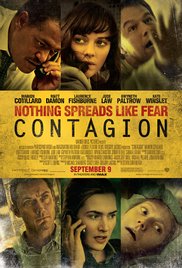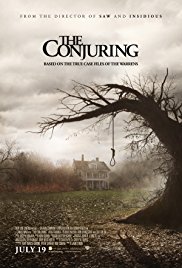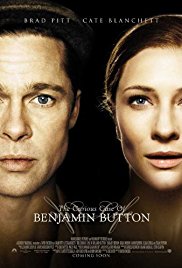 This is the movie that I’ve been waiting for David Fincher to make since “Fight Club.” “Zodiac” has its supporters, but I was not one of them, which means it’s been almost a decade since Fincher delivered something I considered to be on par with his abilities, and “The Curious Case of Benjamin Button” is it. Beautiful, wildly ambitious and a technical marvel, it’s what going to the movies is all about. Fans of Tim Burton’s “Big Fish” should get in line right now.
This is the movie that I’ve been waiting for David Fincher to make since “Fight Club.” “Zodiac” has its supporters, but I was not one of them, which means it’s been almost a decade since Fincher delivered something I considered to be on par with his abilities, and “The Curious Case of Benjamin Button” is it. Beautiful, wildly ambitious and a technical marvel, it’s what going to the movies is all about. Fans of Tim Burton’s “Big Fish” should get in line right now.
The movie begins at the story’s end, with an elderly Daisy (Cate Blanchett) dying in a New Orleans hospital bed. Her daughter Caroline (Julia Ormond), in an attempt to comfort her, finds a diary that contains not her words but those of Benjamin Button, a boy who was born on the day the Great War ended but was abandoned by his father (mother died during birth) when he saw that his baby looked like an old man. Left at the doorstep of a nearby nursing home, Benjamin is raised by the home’s caretaker Queenie (Taraji P. Henson), and despite being a child, he looks just like everyone around him. When a new woman comes to stay at the home, her granddaughter Daisy (played by Elle Fanning as a child) comes to visit, and the young/old Benjamin is smitten. As Daisy gets older, Benjamin gets younger, and their lives go in different directions. Daisy becomes a dancer; Benjamin works on a tug boat and gets roped into World War II. Neither, however, forgets about the other, and Caroline can’t believe her mother kept this torrid love affair a secret.
Fincher executes some jaw-dropping sequences here – the Great War and World War II scenes are flat-out stunning, a recurring bit involving one very unlucky guest at the nursing home gets a laugh every time, and even the title cards are amazing – but the most impressive feat is how they de-age Pitt. Making him look older than his current age (45), that’s easy; when he gets older/younger, however, it’s astonishingly real. There must be some CGI involved (Robert Zemeckis’ “Polar Express” technology in the live-action realm?), because if such a makeup existed, there would be riots whenever it hit the shelves.
Pitt and Blanchett may be the movie’s leads, but there isn’t a single bum performance to be found here. Taraji P. Henson is a stitch as Queenie; Benjamin’s father Thomas (Jason Flemyng) reeks of sadness as he tries to get to know the son he abandoned; the preacher at Queenie’s church (Lance E. Nichols) has one showstopping scene, and the crew on Benjamin’s tugboat, from Captain Mike (Jared Harris) to John Grimm (Richmond Arquette) offer invaluable support to the main characters. Ironically, their roles turn out to be more nuanced than Tilda Swinton’s, who plays Benjamin’s onetime love interest Elizabeth. It’s tempting to call her appearance here stunt casting, but given the facial similarities between Blanchett and Swinton, it’s actually a genius move; Benjamin loves her because she reminds him of Daisy.
“Benjamin Button” is a welcome sight in such cynical times. Fincher pulls a stunt of James Cameron proportions, in that he’s commissioned to deliver a crowd-pleasing love story and instead delivers a crowd-pleasing work of art. Death creeps around every scene, yet the movie’s tone is optimistic, even when it addresses Benjamin and Daisy’s aging dilemma. Tragic and sad – the movie’s final ten minutes are heartbreaking – but not depressing. Shrouded in death, but not morbid and at times laugh-out-loud funny. This is one for the ages
 (4.5 / 5)
(4.5 / 5)





 (2.5 / 5)
(2.5 / 5)
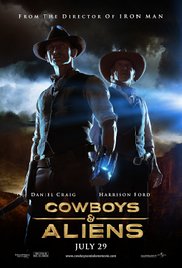
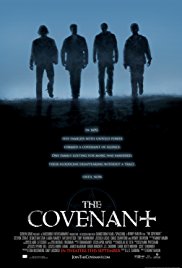
 (1 / 5)
(1 / 5)
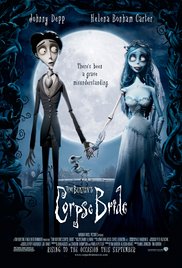
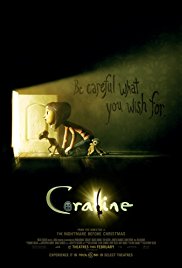
 (4 / 5)
(4 / 5)
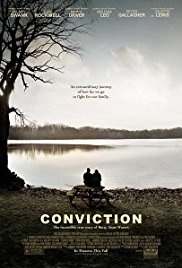

 (3.5 / 5)
(3.5 / 5)
